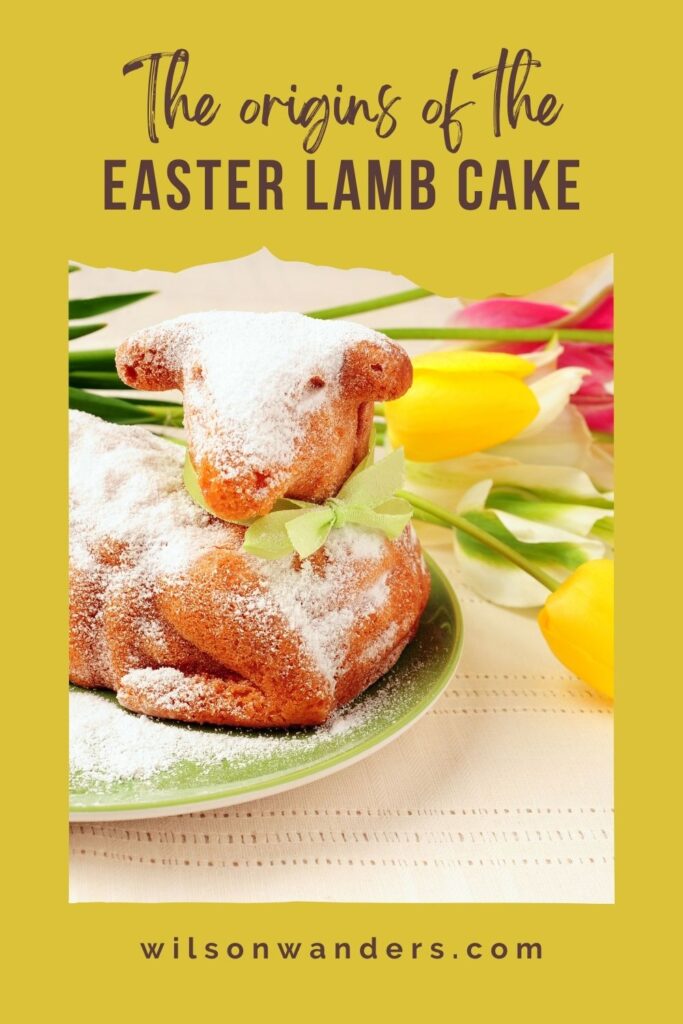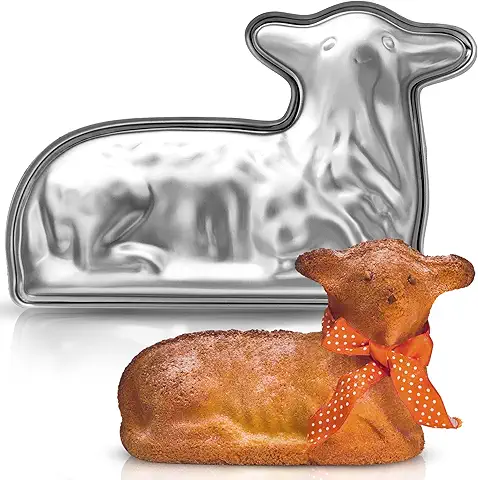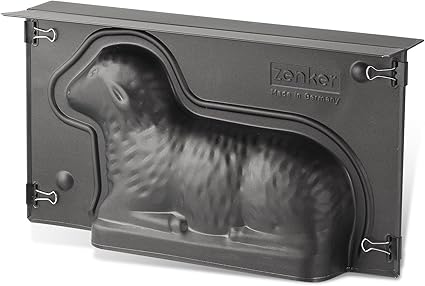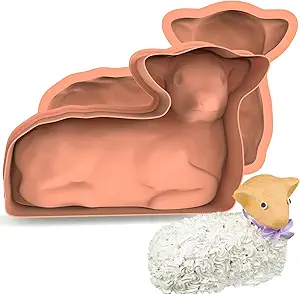
Long before pastel frosting and coconut flakes adorned festive tables, the lamb was already a powerful spring symbol—one with roots steeped in ancient ritual and sacrifice.
In pre-Christian, pagan traditions across Europe and the Near East, springtime marked a spiritual rebirth for the land. To ensure fertile soil and favor from the gods, early agricultural societies often performed virgin or animal sacrifices. The lamb, innocent and pure, was considered a potent offering to appease deities of fertility, sun, and harvest—especially during spring equinox festivals like Ostara. In some tales, even virginal maidens were symbolically (or tragically) offered to the gods as harbingers of renewed life.
As centuries passed and Christianity spread, it absorbed and reimagined many of these pagan symbols. The lamb, long associated with purity and sacrifice, took on new theological meaning. In Christian doctrine, Jesus became the “Lamb of God,” sacrificed to atone for humanity’s sins. His resurrection—celebrated at Easter—echoed the themes of rebirth and renewal already present in pagan spring rites.
By the Middle Ages, lambs were often slaughtered and served at Easter feasts as both a religious and cultural symbol. Eventually, during the 19th and early 20th centuries in Central and Eastern Europe, this solemn image softened into something more festive and sweet: the Easter lamb cake. Molded from sponge or pound cake and dusted in sugar or frosting, the lamb cake became a centerpiece of Christian holiday tables—especially among Polish, German, and Italian communities.
Today, while the origins may be half-forgotten beneath layers of frosting and nostalgia, the lamb cake still whispers of older, deeper traditions. A symbol reborn again and again—sweetened by time, yet still rooted in the powerful rites of spring.
As an Amazon Affiliate, I earn from qualifying purchases. Copyright ©2024 WilsonWanders.com



